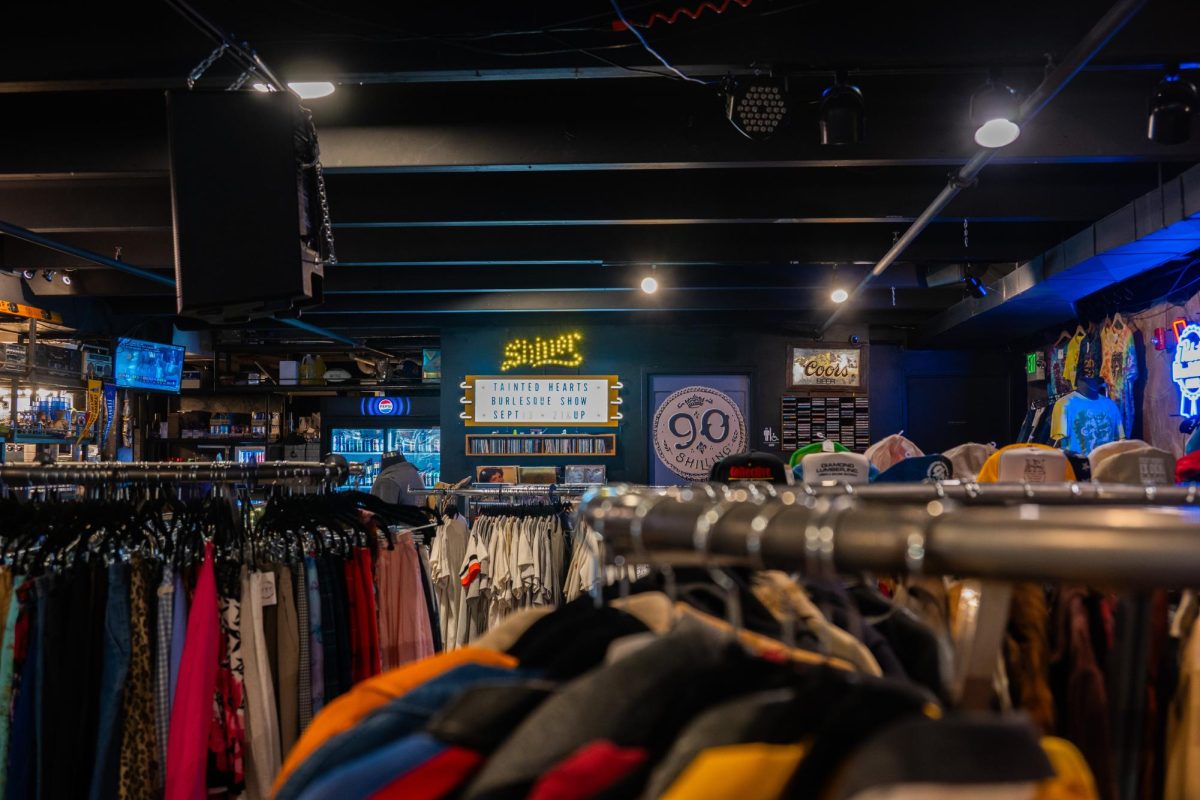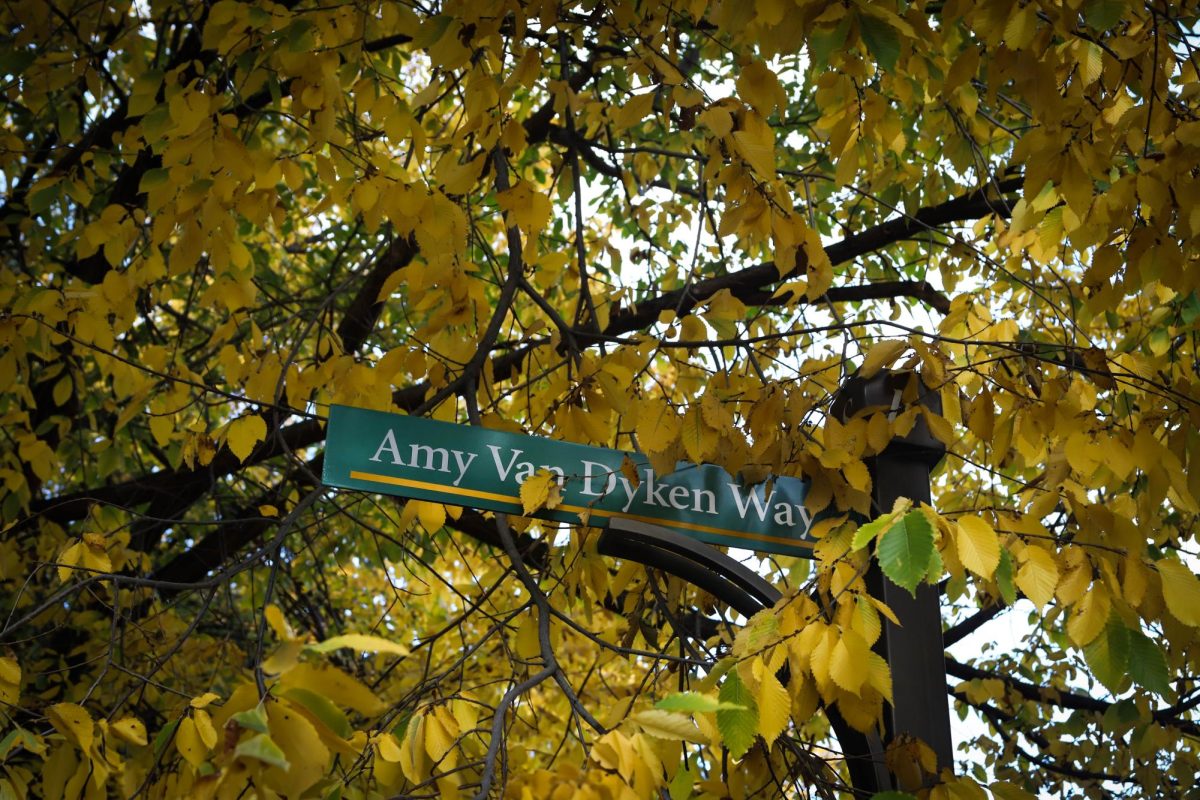For most college students, a Halloween costume is something not much thought gets put into. They are usually thrown together last minute after a visit to Ragstock or a thrift store. These costumes are usually only worn once and thrown out after a fun night, reeking of alcohol.
Sara Van Hatten, Colorado State University sophomore studying ecosystems science and sustainability, rejected these notions and opts to make a costume herself.
After Van Hatten and her roommate toyed with the idea of plastic’s place in fashion, her costume idea was born. On Oct. 31, Van Hatten is dressing up as either plastic itself or the North Atlantic garbage patch. Her costume was formed by the materials Van Hatten found in trash and recycling bins while “dumpster diving.”
“I’d always liked dumpster diving, and there are not many interesting pre-made costumes,” Van Hatten said.
“I’d always liked dumpster diving, and there are not many interesting pre-made costumes.” — Sara Van Hatten
Van Hatten’s costume consists of a skirt made of cut up plastic bottles that have been chain linked together, a tube top formed with bubble wrap and a scarf fashioned with trash bags.
None of Van Hatten’s costume materials were pre-purchased. She found all of them in dumpsters either at Allison Hall or a Fort Collins city recycling drop off facility.
Van Hatten said starting a recycling program in high school is not only what made her more comfortable rummaging through trash cans and recycle bins, she enjoys as well.
“It’s a peek into people’s lives,” Van Hatten said. “It’s interesting to see how many plastic bottles a place will produce.”
The trash and recycling bins outside of Allison Hall are full of exactly what you would expect to be thrown out by the freshman.
“It’s mostly beer bottles, cans, and condom boxes,” Van Hatten said.
Van Hatten hopes to make people more aware of the North Atlantic garbage patch with her costume.
Working at a thrift store this most recent summer made Van Hatten more aware of our culture of textile waste. This led to another one of her costumes influences.
“The textile industry is the second most polluting industry, and we’ve created so many new seasons for fashion.” Van Hatten said. “Clothing isn’t made of the same quality.”
This is in part due to production and supply chains. Van Hatten said that companies like H&M and Forever 21 are creating cheaper and less durable textiles, which creates more waste that is exported to other countries with less strict regulations on textile dumping. Even the excess fabric from cutting out a t-shirt is discarded. It is easy to see how Halloween costumes, and their one-time use, contribute to this problem.
Van Hatten has only purchased clothes from thrift stores since the middle of 2016. Her Halloween costume is just an extension of her effort to minimalize textile waste and make people more conscious.

Additionally, Van Hatten hopes to make people more aware of the North Atlantic garbage patch with her costume. The North Atlantic garbage patch refers to the eight million tons of plastic waste that ends up in oceans each year, forming man-made islands of trash. NASA satellites have shown five islands of trash taking over portions of the Atlantic as well as the Indian and Pacific oceans over the past 35 years. Van Hatten estimates that these islands are as big as the state of Texas.
Although Halloween is not a political holiday by any stretch of the imagination, Van Hatten is interested to see people’s reactions to her piece of trashion.
“The reactions are a statement on their own,” she said. “So is the process”.
However, Van Hatten hopes her costume will not insight too much debate and distract from the fun night Halloween is supposed to be.
“It’s supposed to be fun, I’m not trying to politicize it.”
Although her costume may be impractical, spending money on a costume that will be worn only once and will negatively impact the environment is arguably more impractical.



































